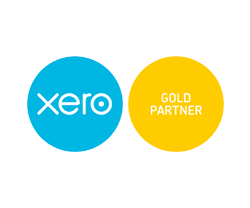April 3rd, 2017
Motor expenses for the self employed
There are two ways of claiming motor expenses if you are self-employed:
- Use actual expenses.
- Claim a mileage allowance.
(If you’re running a limited company then different rules apply.)
Claim based on actual expenses
To claim your actual expenses you need to add up all the running costs for each vehicle. These include:
Fuel
Oil and other consumables (such as anti-freeze, wipers and tyres)
Repairs, servicing and MOT
Insurance
Road fund licence
Cost of finance to purchase vehicles.
You then need to work out how often you use the vehicle privately, and then disallow a proportion of your expenses.
For example, if you use your car 60% for business then you would disallow 40% of your costs.
You can also claim capital allowances on the cost of the vehicle – again less a deduction for private use. Ask us for more details.
It’s possible to claim that a vehicle is never used privately but you’ll need to have some pretty special circumstances.
What proportion do I disallow?
In an ideal world you would log every journey but HMRC recognise this isn’t feasible for most people. Instead we’d recommend keeping a log for several months in the year. Ultimately it’ll be your responsibility to provide evidence that the percentage you’ve used is reasonable.
Claim a mileage allowance
This method is simple but it might not give you the best result.
To use this method you must keep a log of your business journeys. You can claim 45p for the first 10,000 miles and then 25p after that.
In order to use this scheme you must be under the VAT threshold.
Finally, you can’t swap and change the scheme you use – until you change cars. We’d therefore suggest that you’ll get the best result by keeping track of both methods in the first year of owning a car – then pick the best one.





